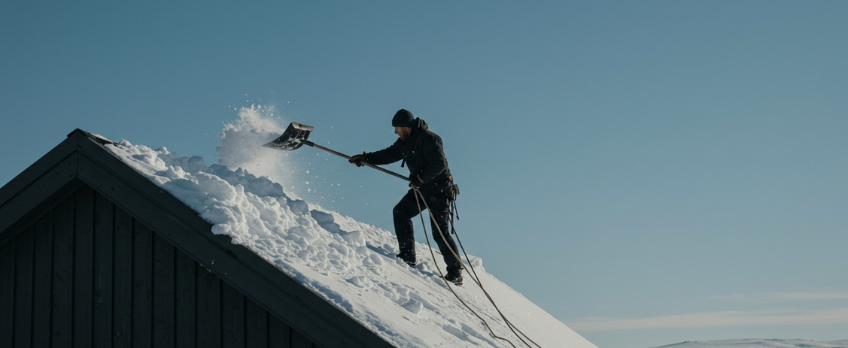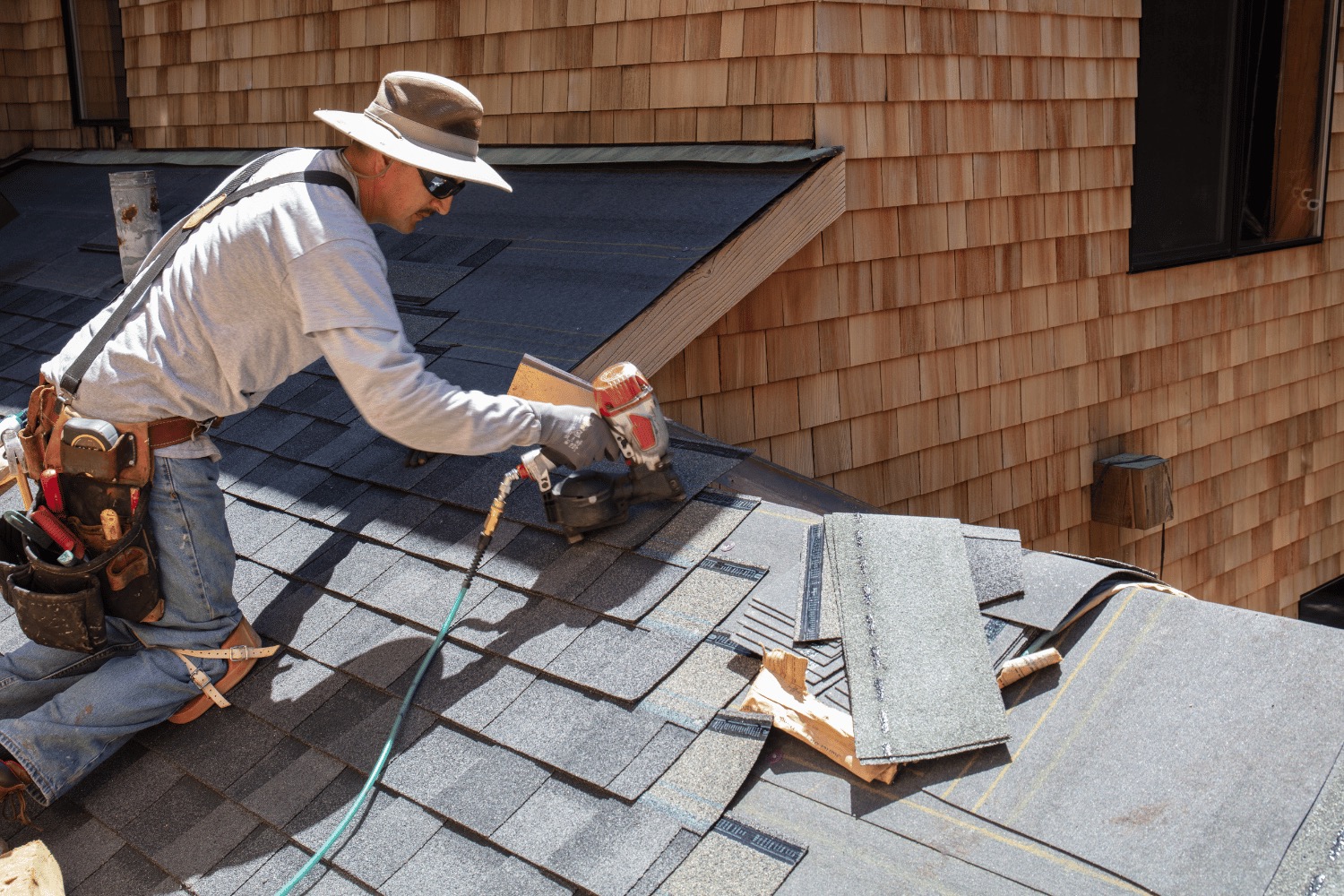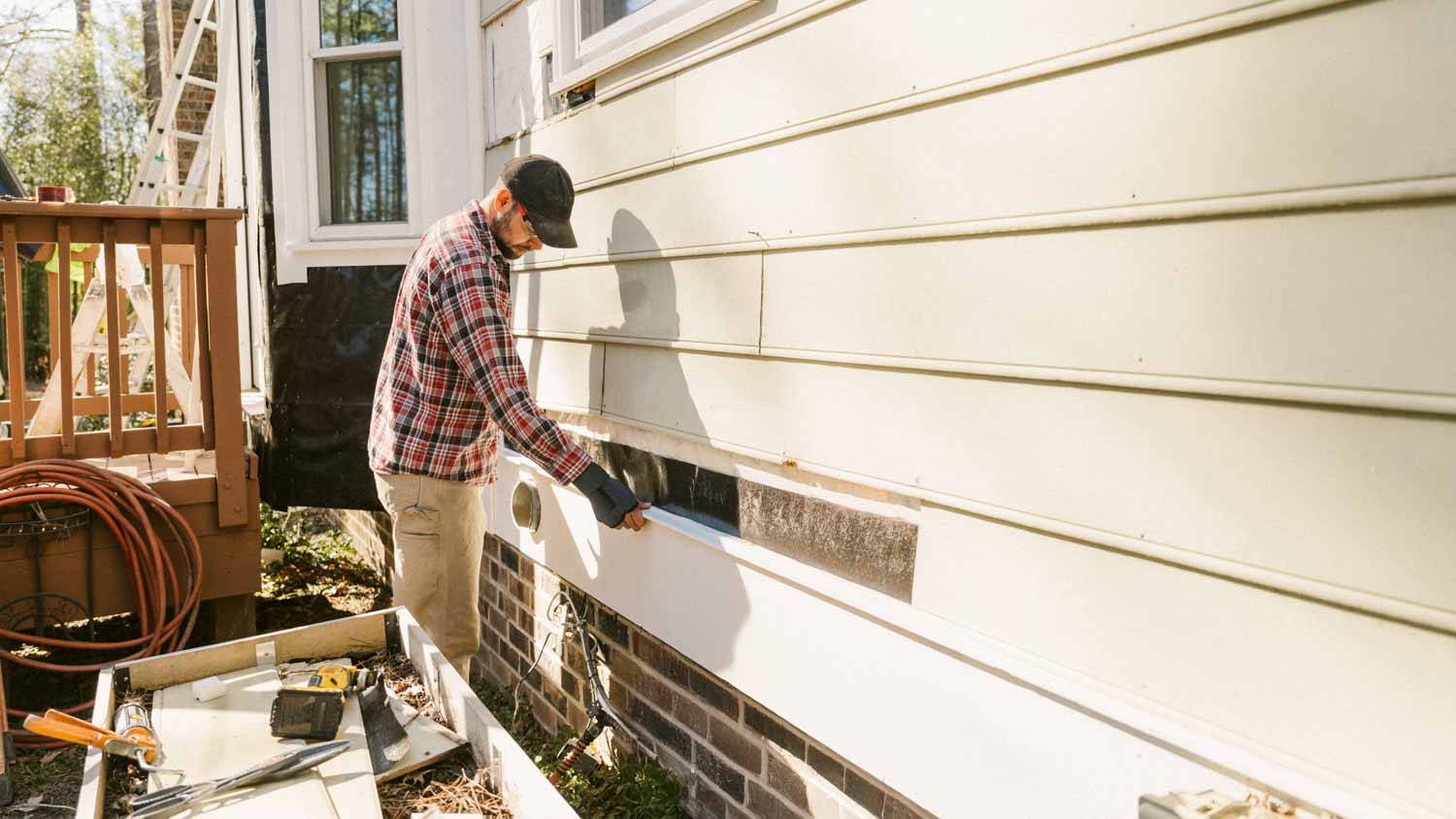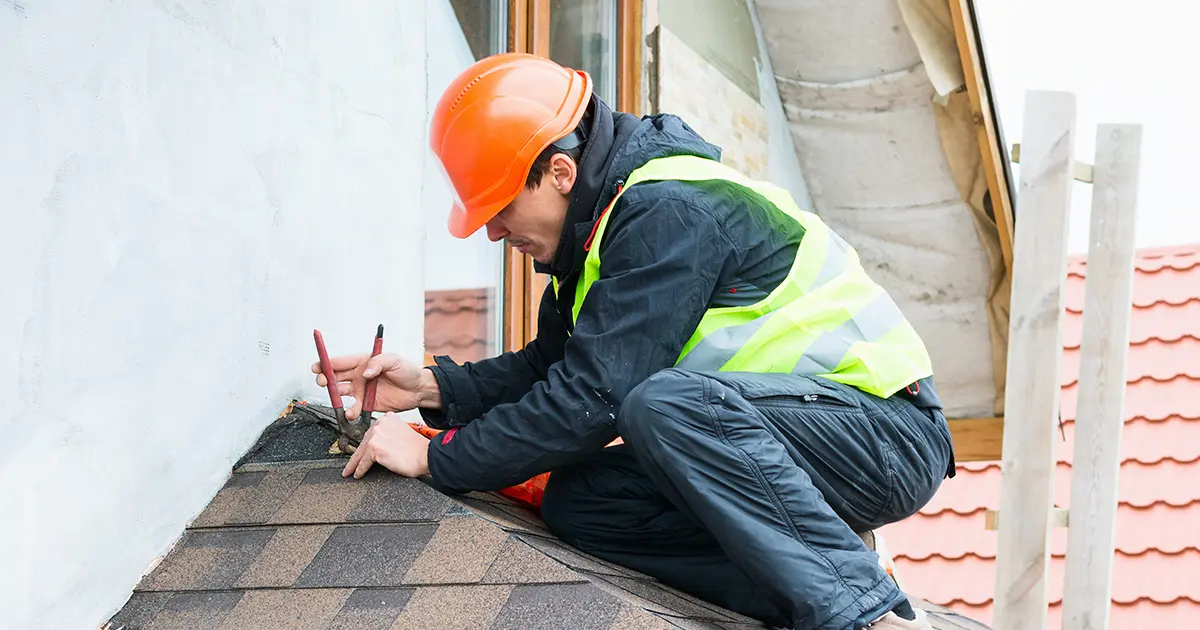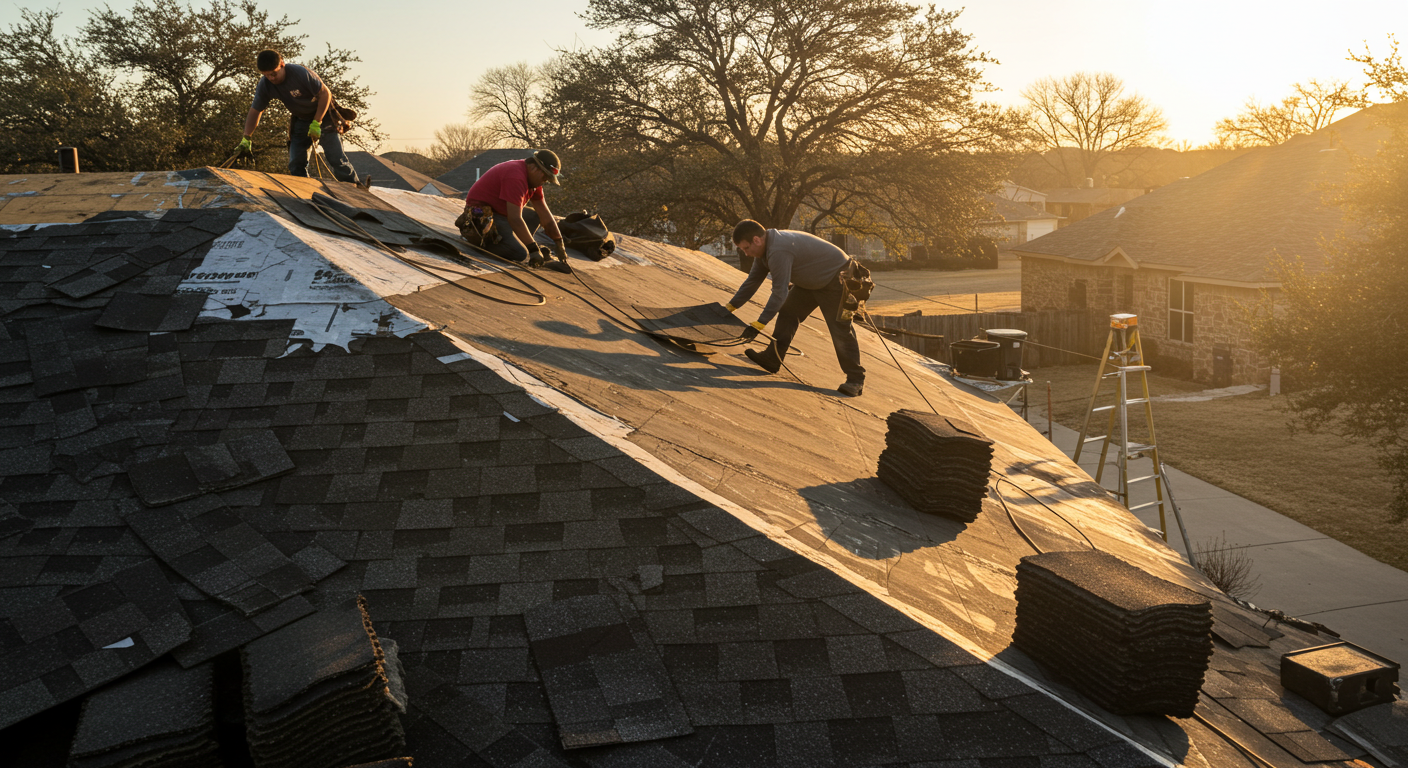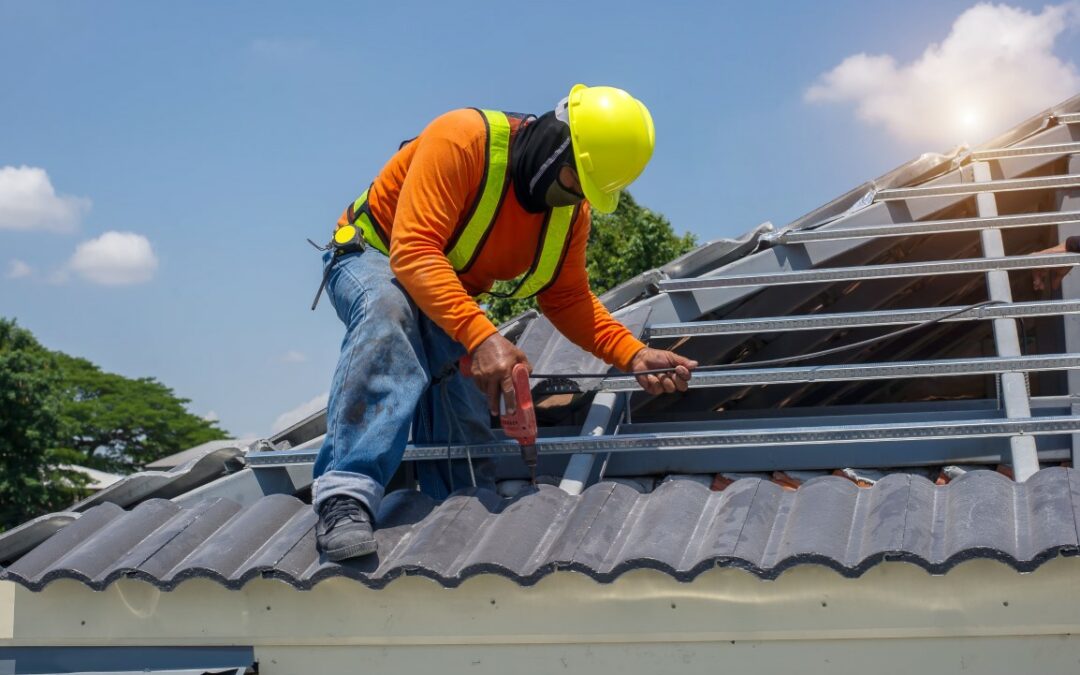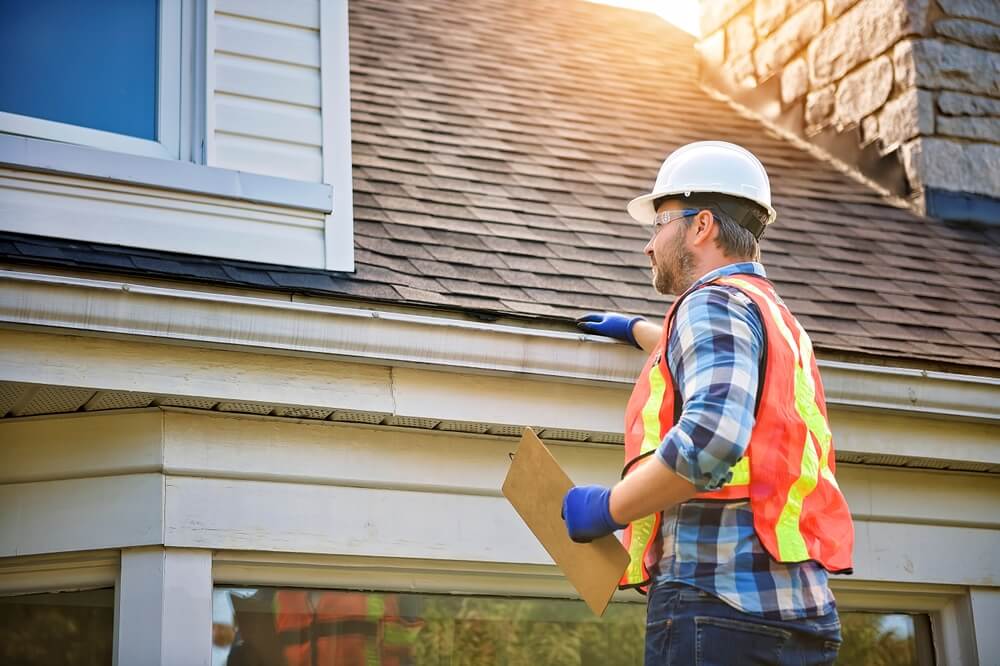Why Is Roof Snow Removal Important for Your Home’s Safety?
The first snowfall? That’s fine. Everyone admires it.
But snow doesn’t fall once. It keeps showing up, piling on, layering over itself until your roof starts to bear more than it was ever meant to hold.
You do not need a blizzard to break a roof. You need three quiet storms and no warm-up in between.
By the time you’re noticing a ceiling stain or a jammed doorframe, the damage has already moved in. This stuff doesn’t knock. It just gets heavier and more dangerous every time it’s ignored.
In Massachusetts, most homes see snow every winter. But not every home handles it the same way. What separates the safe ones from the risky? Timing. Awareness. Action.
Snow Doesn’t Just Sit There, It Stresses Your Home Inch by Inch
Snow feels light when it first lands. Harmless, even.
Then it rains. Then it freezes. And that soft dusting becomes dense enough to test every nail and beam under your roofline.
Here’s the math: Twelve inches of wet snow? Roughly 20 pounds per square foot.
Multiply that across an average roof, and you’ve got the weight of two compact cars just sitting on your framing system pressing down for days.
But collapse is rare. What actually happens is quieter and worse. Beams flex. Fasteners shift. Rafters sink, sometimes just enough to throw off the geometry of your entire structure.
And once things shift, they don’t always shift back.
We’ve seen ceilings bow from slow buildup. Walls that started to lean after three storms in a row. Insulation soaked through because snowmelt found a crack and followed gravity.
Snow doesn’t need to fall hard to do damage. It just needs you to wait.
You Don’t See Structural Stress, You Hear It, You Feel It
People expect roof problems to be dramatic: a crack, a leak, a collapse. But most of the time, the first warnings come from the inside. And they’re quiet.
Your ceiling doesn’t cave in. It dips. Your walls don’t split. They creak. Your doors don’t fall off. They just stop closing the way they used to.
Snow pressure works slowly. It shifts framing, pulls at joints, and changes the balance of the structure in ways you won’t spot at first glance.
We’ve walked into homes where the attic smelled damp even though it hadn’t rained in weeks.
Where the homeowner thought the mold was from summer humidity, but it came from snowmelt leaking past ice dams and soaking into the insulation.
Where freshly painted drywall cracked after a thaw-and-freeze cycle pushed the trusses just enough to twist.
That’s what this section is really about: recognizing tension before it becomes failure. Because once a roof speaks out loud, you’re past prevention, you’re paying for recovery.
Ice Dams Don’t Leak, They Invade
Here’s how an ice dam forms: Warm air from your attic melts the snow on your roof.
The water runs down to the edge, refreezes, and starts to build a ridge of solid ice. That ridge traps more meltwater behind it. And water, being water, goes where it wants.
Shingles don’t stop it. Neither does underlayment once it’s saturated. It slides under the surface and finds your rafters, your insulation, your ceiling.
And if the cold doesn’t break it, the rot eventually will.
People think of leaks as puddles, something you wipe up. But the real damage happens under the surface:
- Sagging insulation that no longer does its job
- Framing wood that swells and weakens
- Mold in places that are hard to see and harder to fix
Ice dams are not just water issues. They’re structural problems, disguised by slow drips.
And in homes that lack proper venting or attic insulation, they form faster than most people expect. Especially when there’s snow on the roof, sun in the sky, and heat escaping right through the ceiling.
You can’t always see an ice dam from the ground. But your house will feel it. Eventually, so will your wallet.
The Real Cost of DIY Snow Removal Mistakes
Most homeowners mean well. They see snow, they grab a shovel, and they think: “I’ll save a few bucks.”
But roofs are not driveways. And a bad move up there causes more damage than the storm ever did.
We’ve seen metal shovels scrape off protective granules. We’ve seen sealant lines torn open by someone pulling snow sideways instead of down. We’ve seen vents bent in half by someone misstepping on a cold, brittle panel.
Snow isn’t the only thing at risk when you’re up there; your footing is too. Ice under your boots is slicker than most people realize.
One misjudged step on a frosted shingle and suddenly you’re halfway down your own gutter line.
And here’s the kicker: Even if you don’t fall… Even if you get the snow off without breaking something obvious… You might still void your roof warranty.
Because many manufacturers specify that improper maintenance (including aggressive snow removal) leaves you uncovered.
So, the real cost? It isn’t just an injury. It’s the repair bill when that next thaw exposes what your shovel ripped loose.
What Happens When You Wait One Storm Too Long
The most common phrase we hear before an emergency call?
“It looked fine until yesterday.”
That’s because snow damage is rarely sudden. It builds in layers, pressure, melt, refreeze, repeat. And then all at once, your ceiling sags, your drywall splits, or your attic stinks of mildew.
The mistake isn’t skipping snow removal once. The mistake is assuming that once becomes twice… then three times… and you’re still safe.
What changes everything?
- A warm snap after two snowstorms
- Rain falling on packed snow
- A deep freeze that seals in meltwater
Those events turn harmless-looking buildup into a structural threat.
There’s a window where snow turns from insulation into infiltration. And if you wait for visible damage before acting, you’ve already missed it.
Preventative action isn’t about panic. It’s about knowing your roof has limits, and not waiting for it to hit them.
Why Preventive Snow Prep Matters More Than Repairs
A roof does not fail the day snow lands. It fails the month before, when no one checked the attic.
When the gutters stayed clogged. When the insulation sat thin and uneven, letting heat escape and ice dams form.
Winter prep does not start with a snowstorm. It starts before the forecast.
Here’s what separates solid roofs from the ones that fail:
- Proper attic insulation to keep interior heat from melting snow unevenly
- Ventilation that lets trapped heat escape, not cycle beneath the shingles
- Gutters cleared of debris so meltwater flows freely instead of backing up
- Regular inspections (before and during the season) to track load and spot risks early
Most damage we deal with could have been avoided. Not by luck. Not by gear. Just by thinking ahead.
This is not about being paranoid. It’s about understanding that snow has a pattern, and the homes that handle it best follow one of their own.
Snow Is Not the Enemy. Delay Is
Snow falls. That’s guaranteed. But what happens next depends entirely on how ready you are, and how soon you act.
Most homeowners do not notice a problem until it leaks, cracks, or sags. By then, the cost is no longer just money; it’s time, stress, and the risk of further failure.
Roof snow removal matters because weight builds without warning. Because ice moves where you don’t want it. Because ignoring it for one more storm often means paying for three.
At Brian LeBlanc Roofing, we help homeowners in Central Massachusetts deal with winter the smart way, not the reactive way.
If you’re unsure what your roof is holding, or how close it is to its limit, call us. We’ll take a look before the snow takes its toll.
Frequently Asked Questions
1. How does roof shape affect snow buildup and risk?
Roofs with low slopes or valleys trap more snow, increasing the risk of load stress and ice dam formation. Steep roofs shed snow faster but can slide dangerously.
2. What type of snow causes the most roof strain?
Wet, compacted snow is far heavier than dry powder. Even a few inches of wet snow can weigh more than a foot of light snow, making it more dangerous to leave sitting.
3. Will homeowner’s insurance cover snow-related roof damage?
It depends. Insurers may deny coverage if neglect played a role. Skipping maintenance or failing to remove snow in high-risk situations could void your claim.


